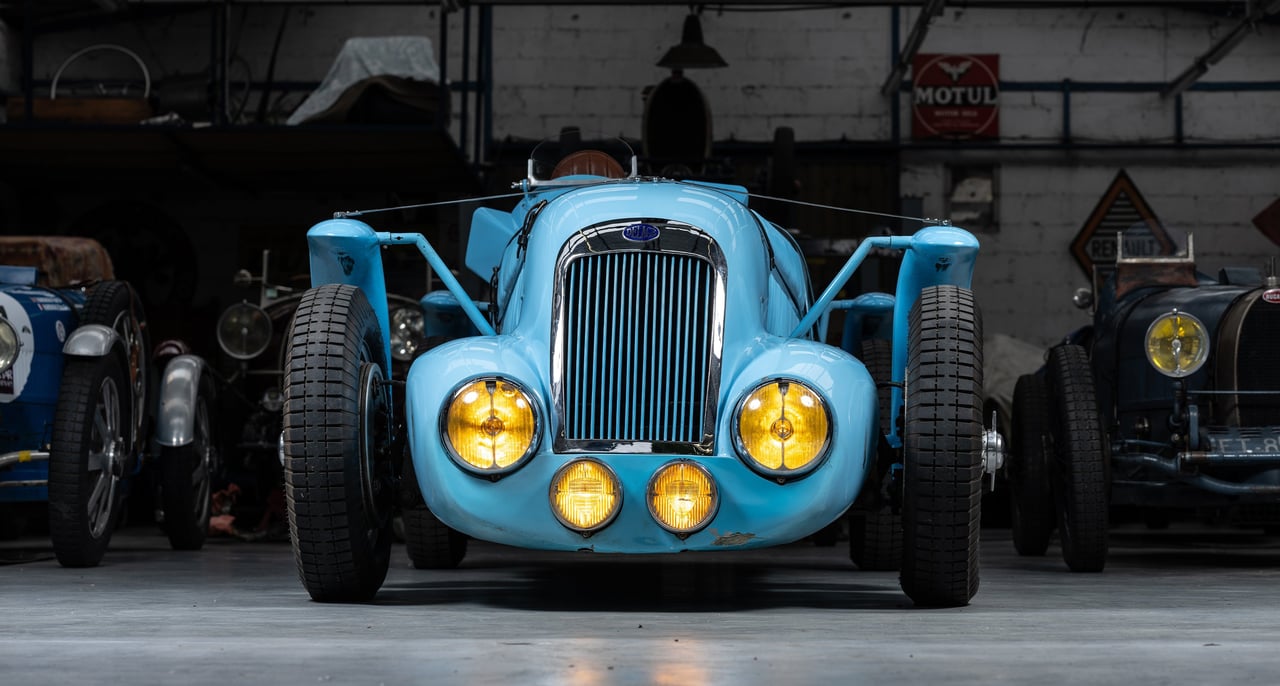
Like so many other late and great marques, Delage wasn’t immune to the relentless march of time. Today, the French brand is largely unknown, but back in pre-war Europe, Delage stood atop the performance food chain, rivalling the likes of Bugatti for glory on circuits across the continent. Founded in 1905 by Louis Delâge, the firm had put its name to a plethora of iconic models by the time WWII loomed over Europe in 1939, including the marvellous Delage D8-120 S by De Villars we recently covered, the straight-eight toting 15.S.8 — a car that would make Ace Robert Benoist World Champion in 1927 — and of course, the D6 3 Litre.

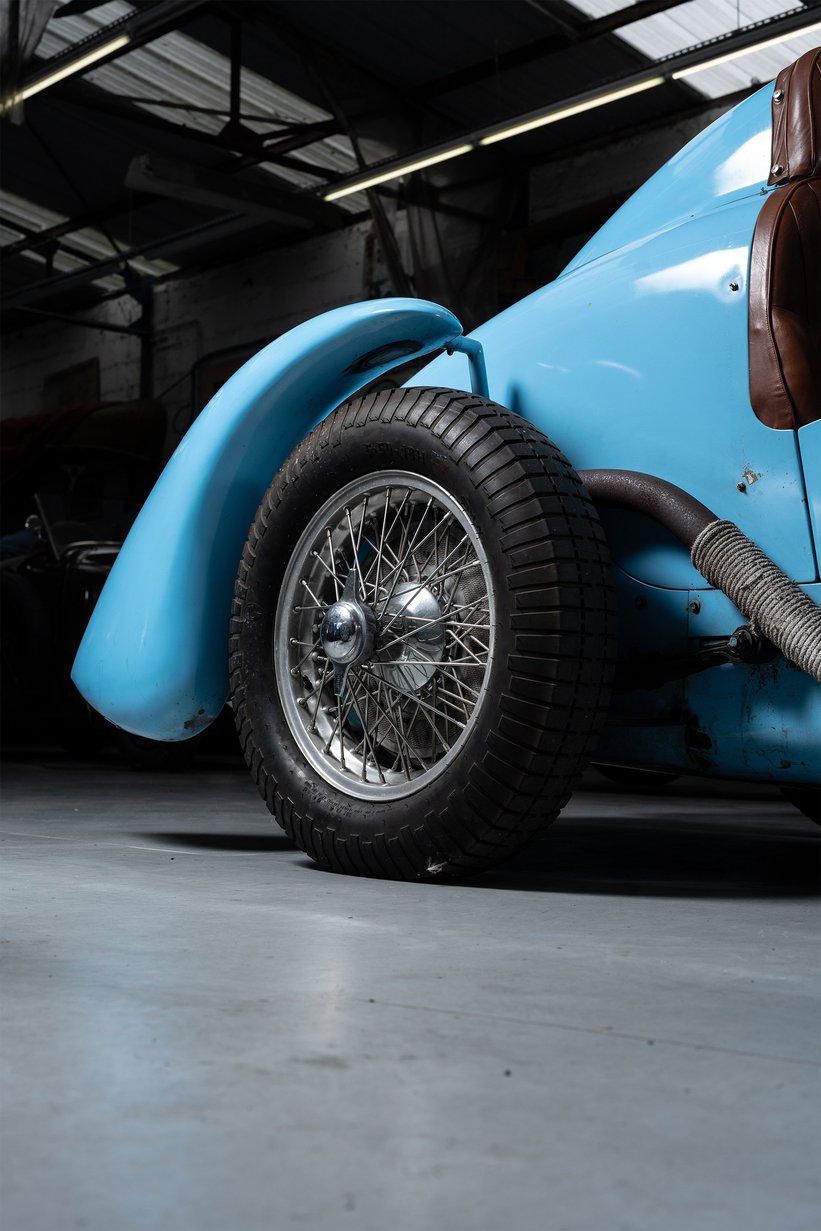
Also known as the Olympic, the D6 3 Litre would help Delage return to the top flight of motorsport after businessman Walter Watney took ownership of the marque in 1935. Eight competition D6 3 Litres were built, with the first completed in 1936 and the final five emerging in 1946 after the conclusion of the war. Some quick maths will tell you that leaves two cars unaccounted for, and this light blue beauty is one of them.

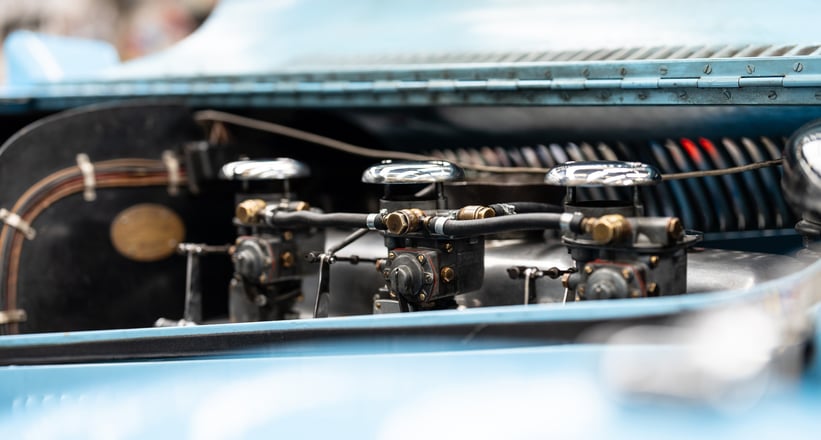

Assembled in preparation for the 1939 Le Mans 24 Hours alongside its sister car, chassis #51820, the hero of our story today, chassis #51821, escaped the fiery demise of its stablemate and boasts a clear, unbroken history from the time of its construction right up to the present day.
Built by mechanic-driver Maurice Varet — who used a Delahaye 135 Course chassis as its basis — and bodied by Olivier Lecanu-Deschamps, #51821 and its sister car fortunately weren’t rolling up to Le Sarthe unproven. A number of race and test appearances, including at the Antwerp Grand Prix, must have given Louis Gérard and Georges Monneret (the duo piloting chassis #51821 under the number 21) some confidence when they rolled up to the starting line at Le Mans, because they got off to a blistering start.
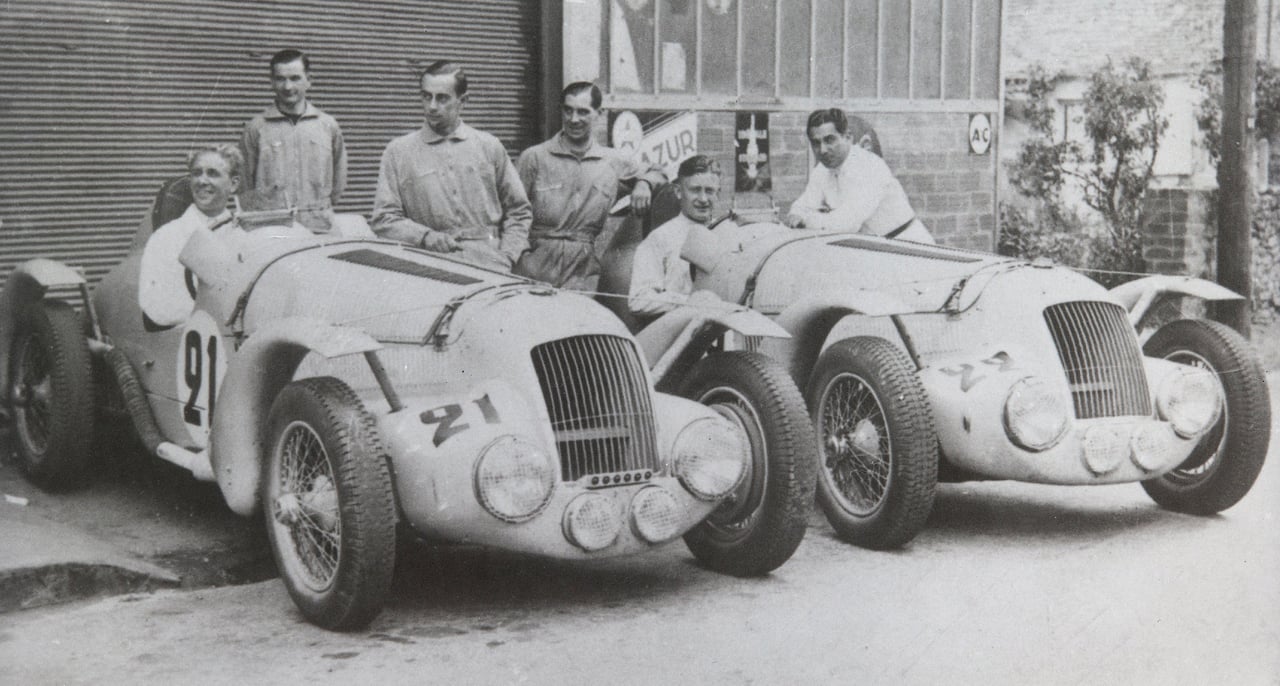
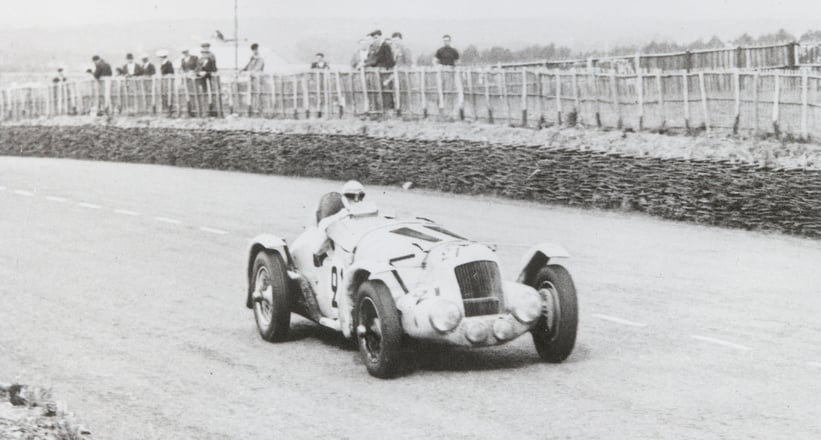
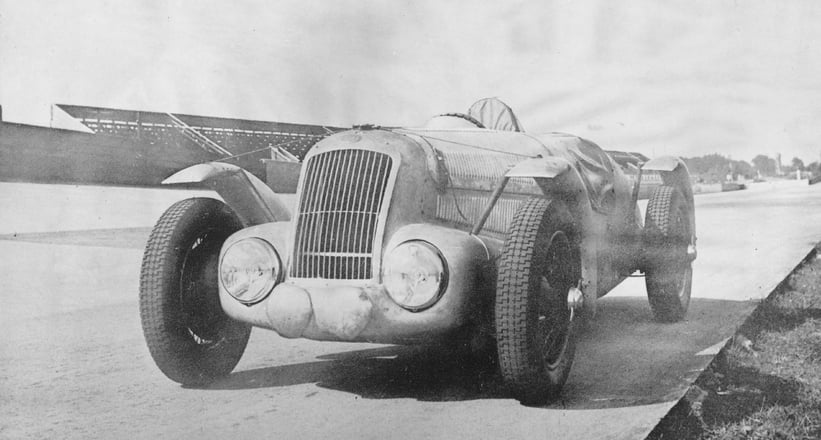
The pair led the pack for almost 20 hours before disaster struck: an erratic valve spring brought their race to an excruciating halt, giving the Bugatti Type 57 Tank of Jean-Pierre Wimille and Pierre Veyron the chance to catch up and take the lead. Despite their best efforts, the standings remained unchanged for the remainder of the endurance race, and Gérard and Monneret would have to settle for second place.
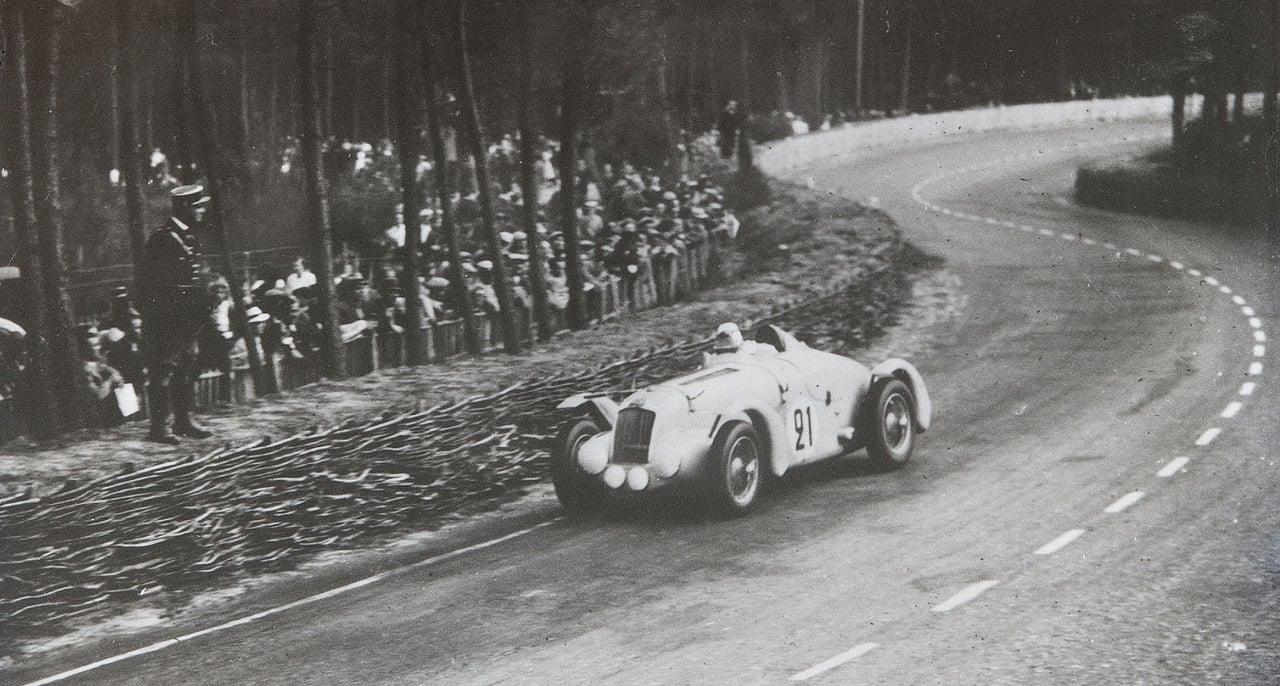
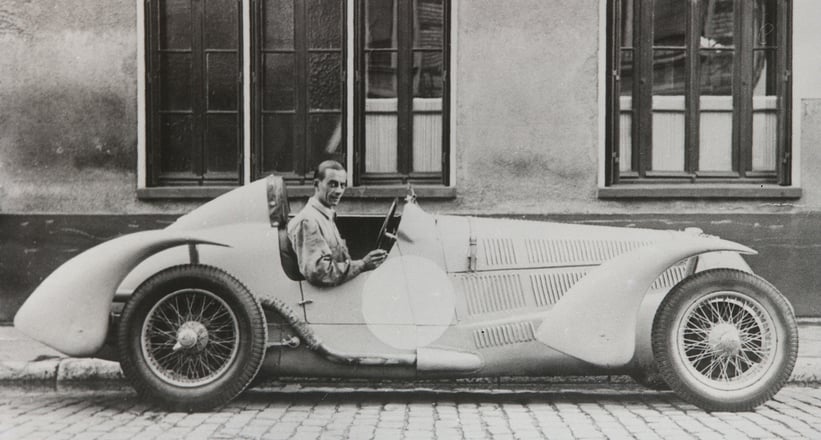
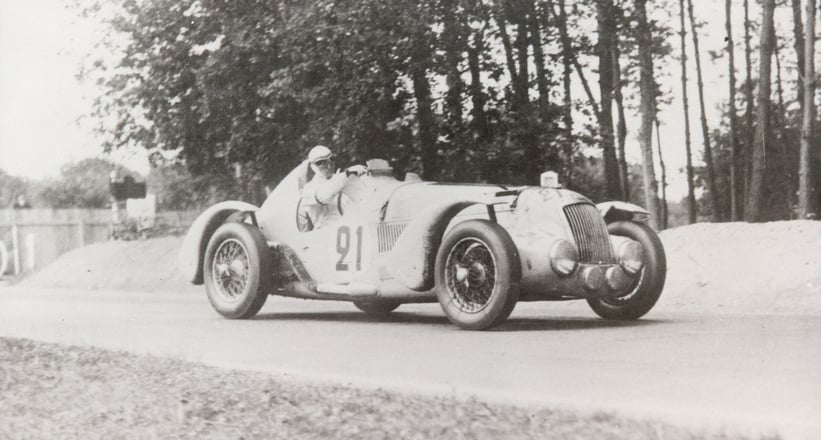
However, strictly speaking, this Delage should have won, even taking into account their delay in the pits, and it’s largely the good sportsmanship of the Delage crew that relegated this iconic racer to a silver medal finish. The reason for this is the Bugatti had its lower fairing removed in the final hours of the race to combat heating issues — something the rulebooks strictly forbade — meaning had a protest been lodged, the Delage would have won by a landslide.
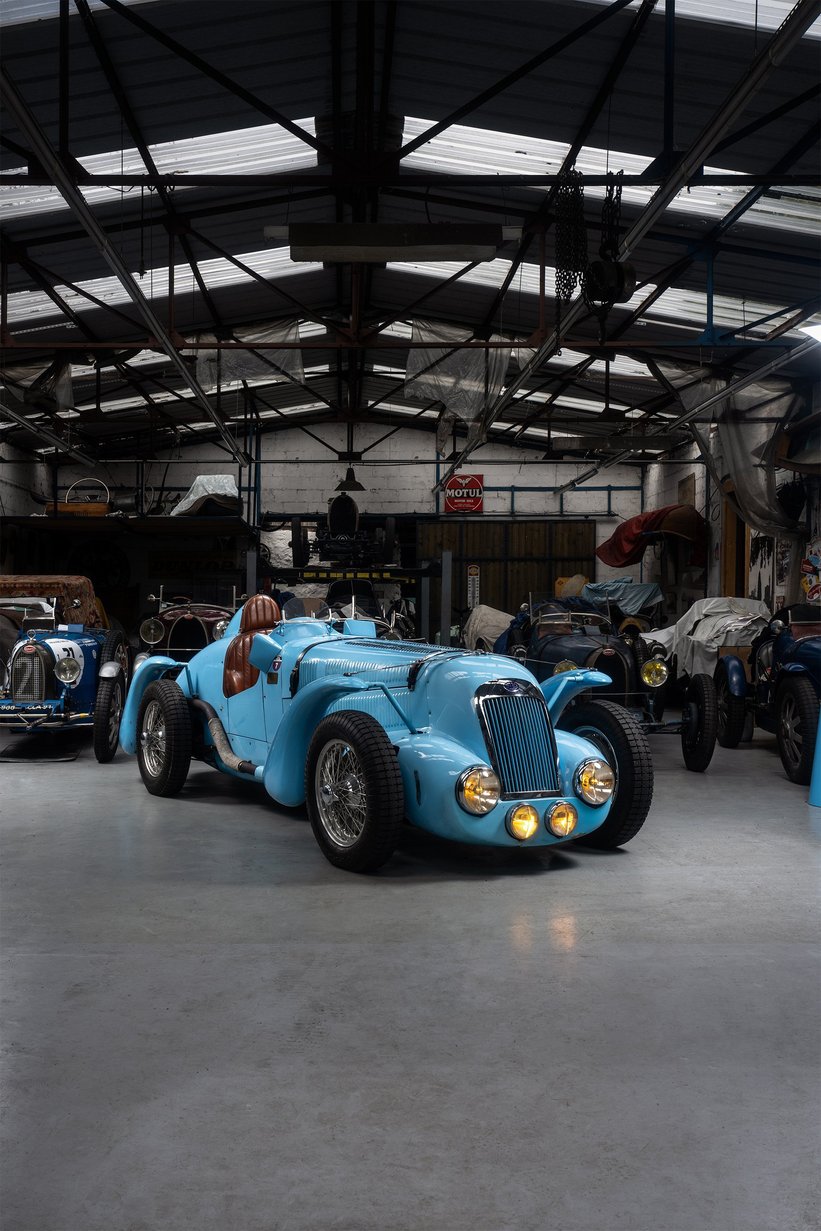
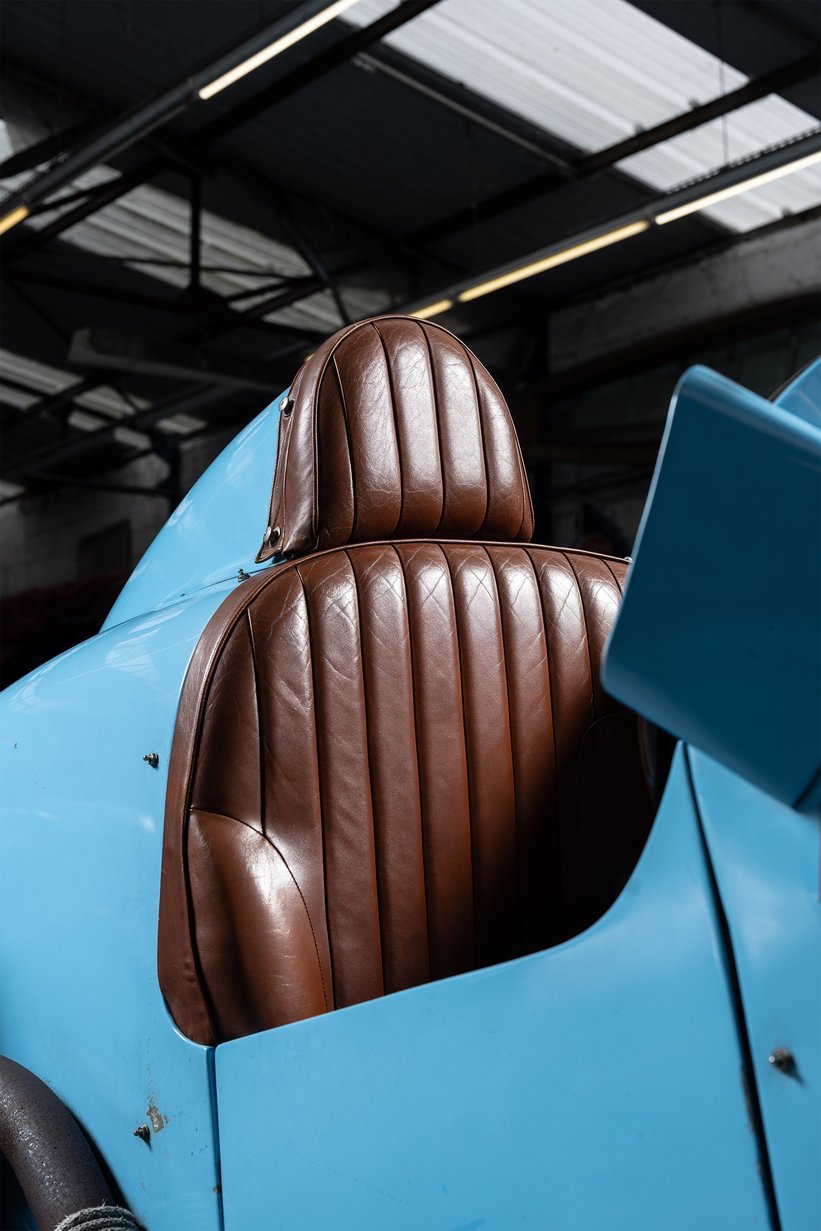
Despite missing out on Le Mans glory, Louis Gérard was undeterred, and went on to win the Grand Prix du Comminges in the 3-litre class. Still in competitive form, #51821 was entered in the 1940 Mille Miglia — an event where foreigners were barred from competing — with Italian aces Piero Taruffi and Luigi Chinetti behind the wheel. Despite their best efforts, the race was not a success, and this lovely Delage returned to the capital of its homeland.
Once parked in Paris, #51821 was hidden away until 1950, when Mr Gérard decided to rejuvenate his racing companion in order to collect some attractive starting bonuses. Gérard gave it the new chassis number #880-001 — that of a ‘modern’ racing Delage — and entered it into both the 1950 Coupes du Salon at Montlhéry and at the hotly-contested 1951 Formula 1 Grand Prix de Paris at the Bois de Boulogne, where the crew finished 8th out of 14 starters.
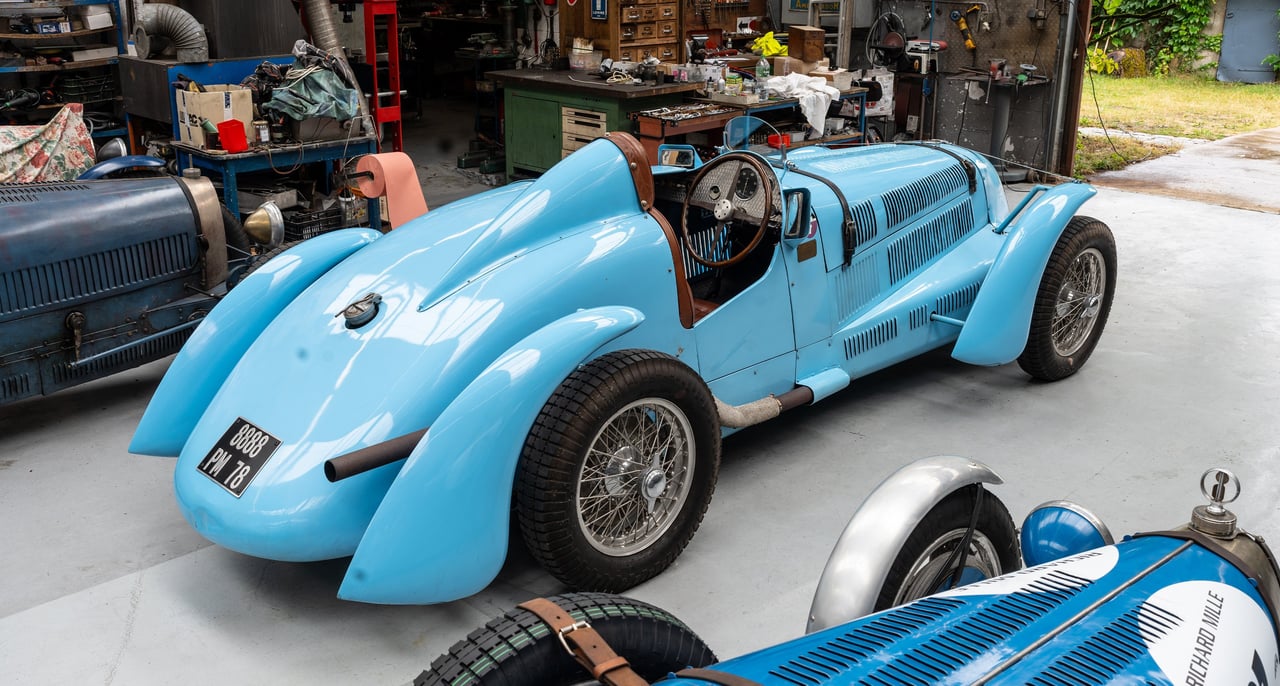
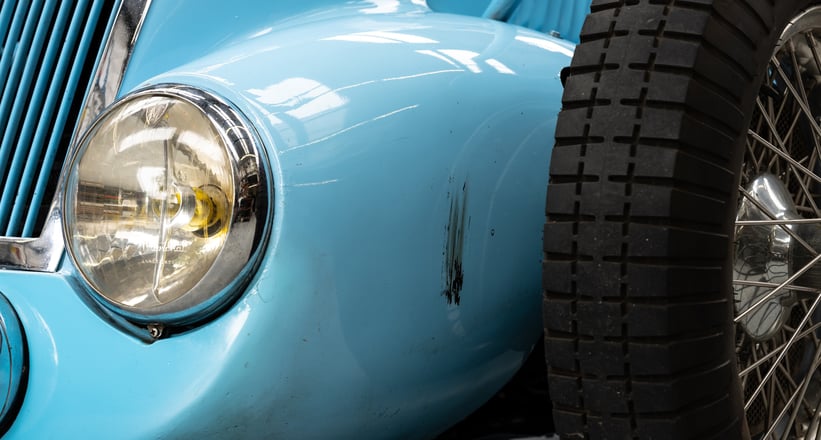

Louis Gérard was a racer at heart, and the results his Delage was achieving simply weren’t cutting it, meaning the decision to pass on this racing veteran was made. Count Emilio Eminente du Benedetto, an experienced Bugatti racer, was happy to give #51821 a new home, and even a new body at the hands of famed coachbuilder Figoni. With the goal of racing in Grand Tourism, #51821 was rebodied as a Coach Grand Sport in the style of a Delahaye 235. Admirably, he went on to race this beautiful GT with his daughter, Danièle Foufounis, with some success, winning several places of honour, mainly in events run at Montlhéry, including 4th place in the 1954 Coupes de Paris.

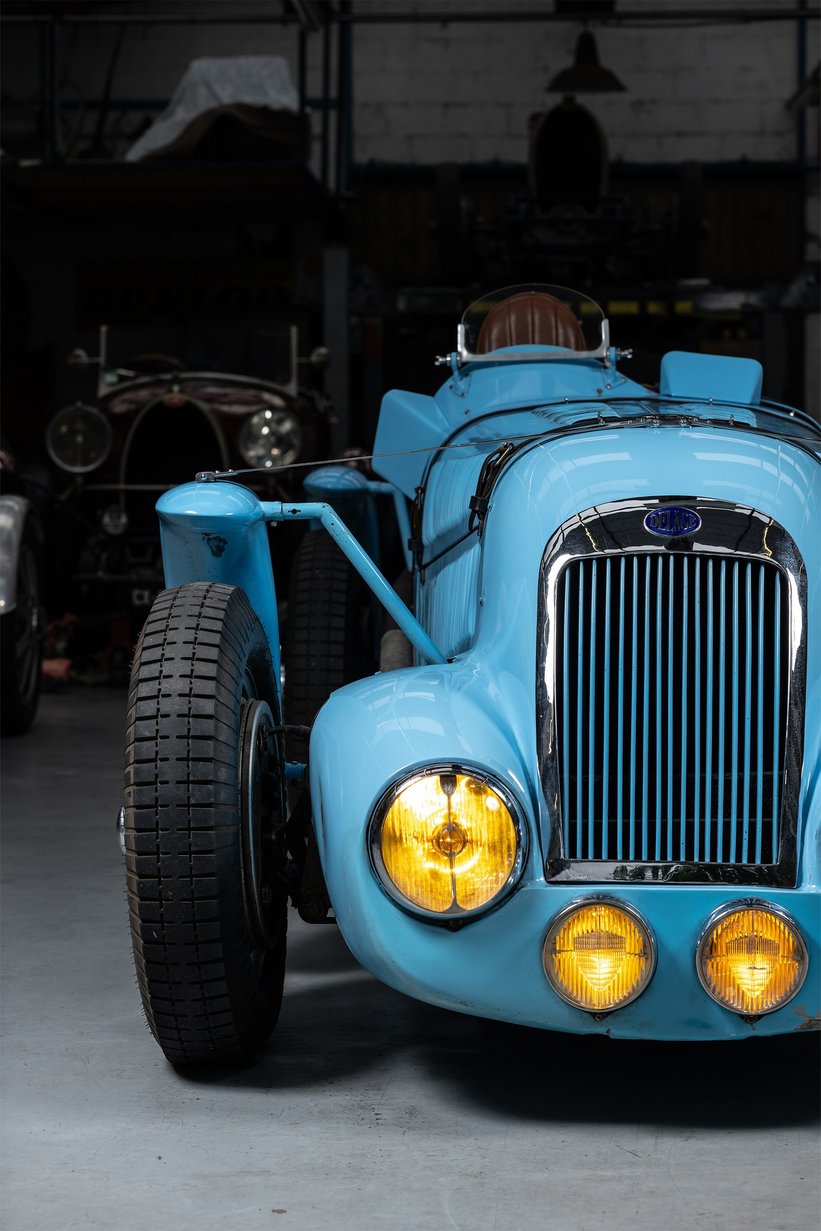
Chassis #51821 then passed between various collectors and enthusiasts, before François and Josy Jolly discovered it in the reserves of a car museum near Nancy. They quickly made the connection between this tired, sleepy GT and the podium-finishing Delage, worn out and driven at the height of its glory at Le Mans in 1939 by Louis Gérard. This prompted a meticulous and lengthy restoration to bring chassis #51821 back to its pre-war racing configuration.

Once complete, François and Josy Jolly took part in countless events between June 1982 and 2018, sometimes accompanied by Georges Monneret (who died in 1983) and often Louis Gérard (who died in 2000). Since the passing of François Jolly in 2018, the car has not been driven, and now the Jolly family has decided it is time to find a new custodian for this incredible French racing car. As arguably the rightful winner of the 1939 24 Hours of Le Mans, and the surviving podium-finisher of that race, this remarkable Delage stands as one of the most significant French racing cars of all time. Considering its racing pedigree and detailed history, chassis #51821 would make a fabulous addition to any collection, and is surely more than deserving of its estimate of between 800,000 and 1,200,000 euros when it goes under the hammer at Aguttes’ Autumn Sale on November 26th in Paris.
























